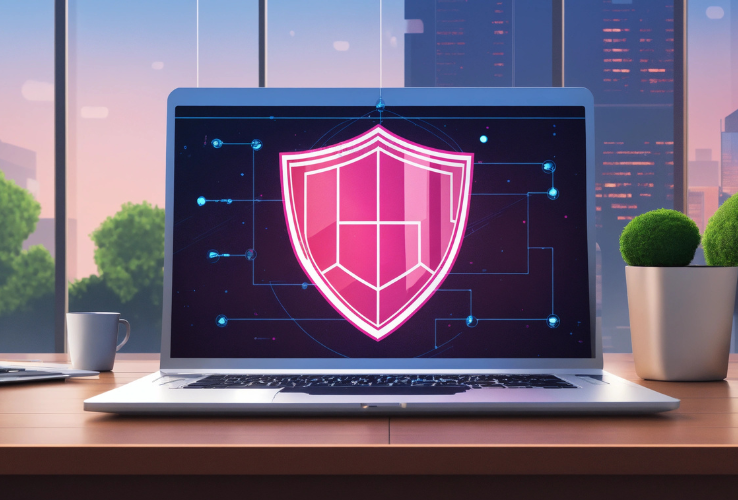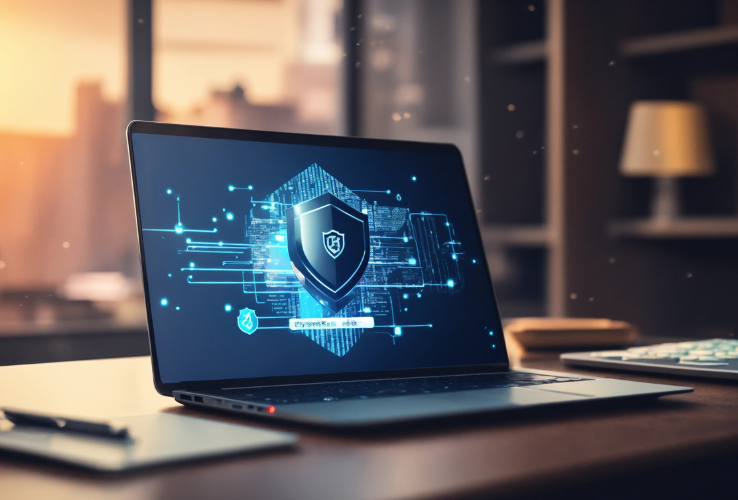Zero Trust Architecture: Redefining Cybersecurity for a Connected World
In the early days of digital security, the concept of “trust” was straightforward: keep the bad actors outside the network perimeter and let trusted users inside. This perimeter-based approach, often compared to a castle-and-moat strategy, served organizations well for years. However, as businesses have evolved into highly interconnected ecosystems with mobile workforces, cloud computing, and third-party integrations, the traditional model of implicit trust has become a vulnerability. Enter Zero Trust Architecture—a transformative shift in cybersecurity that challenges the very foundation of how trust is granted in the digital age.

The Evolution of Cyber Threats and the Need for Zero Trust
The cyber threat landscape has changed dramatically. Threat actors are more sophisticated, leveraging advanced techniques to infiltrate networks, steal sensitive data, and disrupt operations. The rise of ransomware, insider threats, and supply chain attacks has revealed a fundamental weakness in traditional security models: once inside the perimeter, malicious actors face little resistance.
Moreover, the modern workplace is no longer confined to office walls. Remote work, cloud applications, and interconnected devices have dissolved the boundaries of the traditional network. These changes demand a security approach that assumes breaches are inevitable and seeks to minimize their impact. This is the essence of Zero Trust.
What is Zero Trust Architecture?
Zero Trust is not a product or a single technology—it’s a philosophy and framework for cybersecurity. Coined by John Kindervag in 2010 during his time at Forrester Research, the Zero Trust model operates on a simple but powerful principle: “Never trust, always verify.”
At its core, Zero Trust assumes that no user, device, or application can be trusted by default, even if it resides within the network. Instead, access is granted based on strict verification of identity, device health, and adherence to predefined security policies.
Why Zero Trust Matters in Today’s Cybersecurity Landscape
The urgency to adopt Zero Trust stems from its ability to address several pressing challenges:
- Mitigating Insider Threats: Traditional models often trust users and devices within the network implicitly, leaving organizations vulnerable to insider threats. Zero Trust requires continuous verification, reducing the risk of malicious or negligent actions by internal actors.
- Adapting to Cloud and Remote Work: With applications and data spread across multiple environments, Zero Trust provides a unified security approach that applies equally to on-premises, cloud, and hybrid environments.
- Reducing Attack Surfaces: By enforcing least privilege access, Zero Trust minimizes the scope of what an attacker can access even if they breach the network.

The Principles of Zero Trust
Zero Trust is built on several key principles that guide its implementation:
- Verify Explicitly: Authentication and authorization should rely on multiple factors, such as user identity, device compliance, location, and behavior. Continuous monitoring ensures that trust is dynamically assessed.
- Least Privilege Access: Users and applications should only have access to the data and systems necessary for their role, reducing the potential impact of a breach.
- Assume Breach: Organizations should design their networks with the assumption that breaches will occur. This mindset encourages a focus on detection, response, and containment.
How to Implement Zero Trust
Transitioning to Zero Trust is a journey, not a one-time project. Here’s a roadmap to guide organizations through the process:
1. Assess Your Current State
Begin by identifying critical assets, data, and workflows. Map out existing access controls and understand how users and devices interact with the network. This assessment will help pinpoint vulnerabilities and prioritize areas for improvement.
2. Strengthen Identity and Access Management (IAM)
Zero Trust relies heavily on robust IAM. Implement multi-factor authentication (MFA) to ensure that access is granted only after verifying user identity. Embrace identity federation and single sign-on (SSO) for seamless and secure access across systems.
3. Segment Your Network
Micro-segmentation is a cornerstone of Zero Trust. Divide your network into smaller segments and control access to each one individually. This approach limits the lateral movement of attackers and isolates breaches.
4. Adopt Endpoint Security
Every device accessing the network should meet strict security standards. Implement endpoint detection and response (EDR) solutions to monitor device health and block compromised endpoints.
5. Implement Continuous Monitoring
Zero Trust requires real-time visibility into user activity, device behavior, and network traffic. Use security information and event management (SIEM) tools, along with user and entity behavior analytics (UEBA), to detect anomalies and respond proactively.
6. Automate and Orchestrate
Automation plays a critical role in scaling Zero Trust. Leverage security orchestration, automation, and response (SOAR) tools to enforce policies, monitor compliance, and respond to threats efficiently.
Industry Benchmarks and Case Studies
Organizations that have adopted Zero Trust are already reaping the benefits. For example:
- Google: The tech giant’s BeyondCorp initiative is a pioneering example of Zero Trust in action, allowing employees to securely access resources from anywhere without relying on a VPN.
- Microsoft: By integrating Zero Trust principles into its Azure and Microsoft 365 ecosystems, the company enables customers to protect cloud workloads and hybrid environments with adaptive security policies.
- Healthcare Providers: Hospitals and clinics are using Zero Trust to safeguard sensitive patient data while enabling secure remote access for telehealth services.
Challenges and Misconceptions
While Zero Trust offers significant advantages, its implementation can be complex. Common challenges include:
- Cultural Resistance: Shifting to Zero Trust requires a change in mindset across the organization, which may face pushback from employees and stakeholders.
- Integration with Legacy Systems: Older systems may lack the capabilities to support Zero Trust principles, requiring additional investment in modernization.
- Perceived Complexity: Organizations often mistakenly view Zero Trust as an all-or-nothing approach. In reality, it can be implemented incrementally, starting with high-priority assets and expanding over time.
The Future of Zero Trust
As cyber threats continue to evolve, Zero Trust is becoming the gold standard for cybersecurity. Governments and regulatory bodies are also endorsing the model, with mandates like the U.S. Executive Order on Improving the Nation’s Cybersecurity emphasizing its adoption.
Emerging technologies such as AI and machine learning will further enhance Zero Trust by enabling predictive analytics, automated threat detection, and adaptive security policies. As organizations increasingly operate in multi-cloud and hybrid environments, Zero Trust will serve as a unifying framework for secure and agile operations.
Conclusion: A Paradigm Shift for Resilient Security
Zero Trust Architecture represents more than a technological upgrade—it’s a fundamental shift in how organizations think about security. By eliminating implicit trust and enforcing rigorous verification at every step, Zero Trust provides a robust defense against today’s sophisticated threats.
For enterprises navigating the complexities of modern cybersecurity, Zero Trust is not just a best practice—it’s a necessity. Embracing this model will not only protect critical assets but also empower organizations to innovate and grow with confidence in an increasingly interconnected world.
